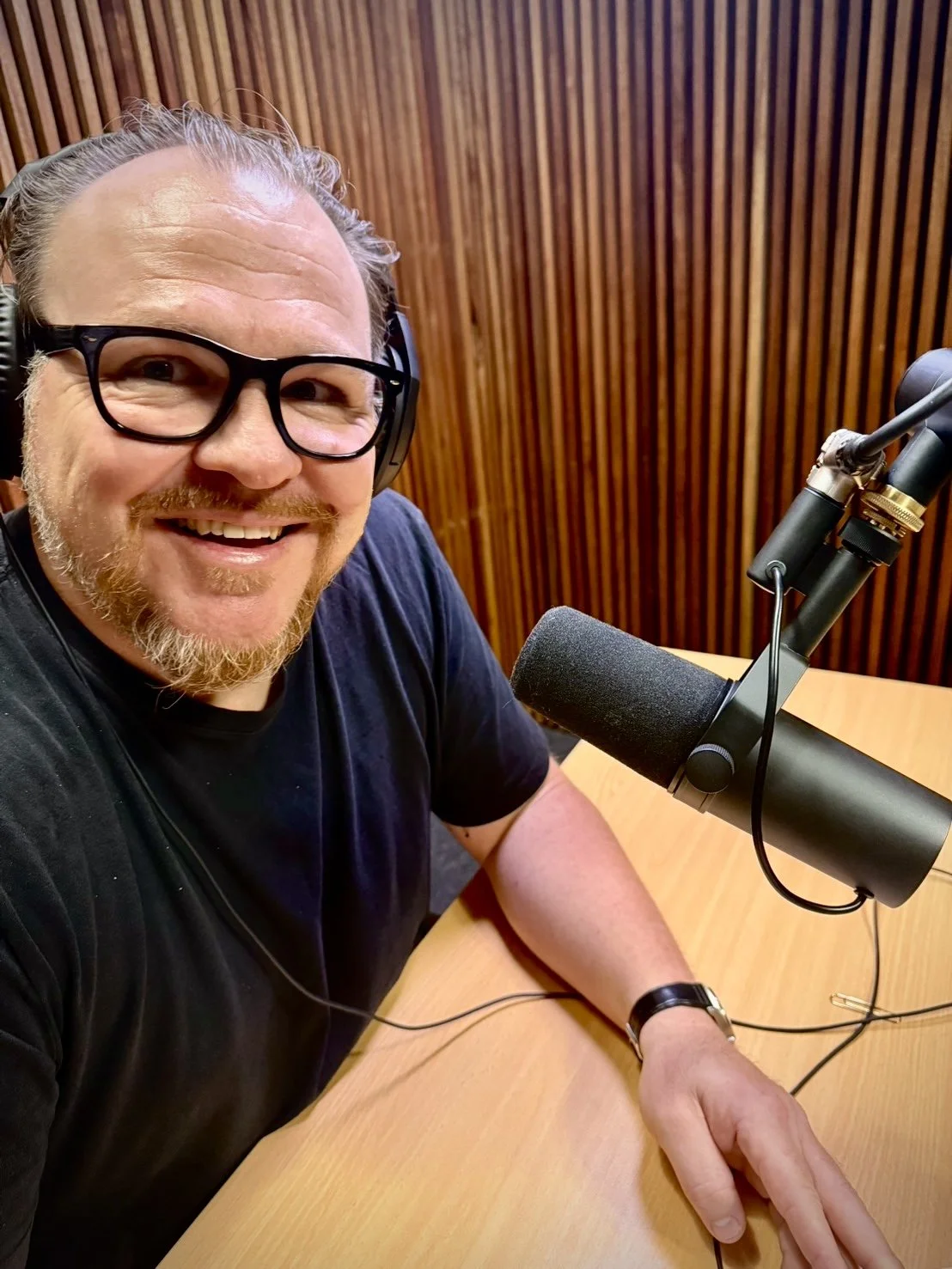10 Strategies to Prevent and Overcome Burnout
Show notes from our latest episode exploring practical approaches to burnout prevention and recovery
Burnout doesn't happen overnight—it's a gradual process that develops when chronic workplace or life stresses aren't effectively managed. In this episode of the Deep Thinking Podcast, we explore evidence-based strategies for both preventing burnout before it takes hold and recovering when you're already experiencing symptoms. Whether you're feeling the early warning signs or trying to help someone who's deeply affected, these approaches can make a meaningful difference.
Prevention: Top 5 Strategies to Avoid Burnout
1. Establish Clear Boundaries
DO:
Set specific work hours and stick to them
Create physical separation between work and personal spaces
Use different devices for work and personal activities when possible
Communicate your boundaries clearly to colleagues and supervisors
DON'T:
Check work emails during personal time
Allow work to consistently encroach on planned personal activities
Feel guilty about not being "always available"
2. Perform Regular Energy Audits
DO:
Regularly identify activities that energize vs. drain you
Schedule high-demand tasks when your energy naturally peaks
Build in recovery periods between challenging tasks
Track your energy patterns for at least two weeks to identify trends
DON'T:
Push through exhaustion repeatedly
Schedule back-to-back demanding activities
Ignore your body's natural rhythms
3. Practice Strategic Incompetence
DO:
Identify areas where "good enough" truly is sufficient
Deliberately let go of perfectionism in lower-priority areas
Accept that you cannot excel at everything simultaneously
Outsource or delegate tasks that aren't in your core competency
DON'T:
Try to be exceptional at everything
Set unrealistic standards that create unnecessary stress
Take on responsibilities that others should handle
4. Build Meaningful Connection
DO:
Schedule regular social time with people who energize you
Create supportive peer relationships at work
Share challenges with trusted confidants
Participate in community activities unrelated to your profession
DON'T:
Isolate yourself when feeling overwhelmed
Limit your identity to your professional role
Spend time with people who consistently drain your energy
5. Cultivate Purpose Alignment
DO:
Regularly reflect on how your daily activities connect to what matters most to you
Seek projects that align with your core values
Identify the meaning in routine tasks by connecting them to larger goals
Make intentional career choices based on purpose, not just advancement
DON'T:
Drift into roles or responsibilities without considering purpose alignment
Pursue status or financial rewards at the expense of meaning
Ignore feelings of disconnection from your work's impact
Recovery: Top 5 Strategies If You're Already Experiencing Burnout
1. Recognize and Accept Where You Are
DO:
Acknowledge burnout without shame or self-judgment
Understand that recovery requires significant changes, not minor adjustments
Seek professional evaluation from healthcare providers
Allow yourself permission to prioritize recovery
DON'T:
Minimize symptoms or tell yourself to "push through"
View burnout as a personal failure or weakness
Attempt to maintain the same pace or workload
Keep your condition secret from key support people
2. Create Emergency Boundaries
DO:
Take time off work if possible (medical leave may be appropriate)
Remove work apps and email from your phone temporarily
Establish a "minimum viable work product" approach for essential tasks
Communicate clearly with stakeholders about your reduced capacity
DON'T:
Try to maintain previous performance levels
Apologize excessively for setting needed boundaries
Feel obligated to explain your condition to everyone
Take on new commitments during recovery
3. Focus on Physiological Recovery
DO:
Prioritize sleep quantity and quality above almost everything else
Engage in gentle movement like walking or yoga
Ensure consistent, nutritious meals
Consider working with healthcare providers on a comprehensive recovery plan
DON'T:
Use alcohol or substances to manage feelings
Push yourself into intense exercise if exhausted
Skip meals or rely heavily on caffeine
Expect immediate improvements in energy levels
4. Rebuild Connection Strategically
DO:
Spend time in nature and quiet environments
Reconnect with people who make you feel safe and accepted
Engage in activities that previously brought joy, even if briefly
Consider support groups specific to burnout recovery
DON'T:
Force yourself into large social gatherings if overwhelming
Spend recovery time with people who increase stress
Feel obligated to maintain all previous social commitments
Rush back into high-stimulation environments
5. Redesign Your Relationship With Work
DO:
Evaluate whether your current role can be modified to be sustainable
Consider whether a different position or organization would better support wellbeing
Identify non-negotiable changes needed for your return to full capacity
Create a gradual re-engagement plan with built-in assessment points
DON'T:
Return to exactly the same patterns that contributed to burnout
Make major career decisions while deeply exhausted
Accept promises of change without specific commitments
Sacrifice your health for organizational expectations
Remember: Prevention Is More Effective Than Recovery
While recovery from burnout is possible, prevention is far less costly to your health, relationships, and career. The most effective approach combines organizational and individual strategies—sustainable workloads and supportive cultures alongside personal boundaries and self-care practices.
As Dr. Gordon Parker notes in his research, burnout recovery takes significantly longer than most people anticipate. The average recovery period ranges from 6-24 months, depending on severity and whether fundamental changes are implemented. This makes preventive approaches particularly valuable.
When to Seek Professional Help
Consider professional intervention if you experience:
Persistent sleep disturbances despite improved sleep hygiene
Inability to feel pleasure in previously enjoyable activities
Thoughts of self-harm or hopelessness
Physical symptoms that don't improve with rest
Inability to reduce workload or stress independently
Healthcare providers who may help include:
Primary care physicians
Psychiatrists
Psychologists or licensed therapists
Occupational health specialists
Subscribe to the Deep Thinking Podcast for more insights on mental wellbeing, productivity, and professional development. Available on all major podcast platforms.
© 2025 Deep Thinking with Dr Steven Stolz Podcast. All rights reserved.

